Sailing, for me, is the second-best thing you could do on this planet. It´s a feeling of freedom unequaled by any other spare time activity I know of, a connection to human´s past and rich history, a bridge to other cultures and people and a very effective way to experiencing nature, the power of the elements and the boundaries of one´s own capabilities. Sailing offers the greatest variety in different experiences. This range of multiple experiences widens the longer a sailing trip will last as it puts you on a trial. Running a ship, helming it on her course and sailing her safely through winds and waves is something you might experience even when you are not the responsible skipper but just a watch commander.
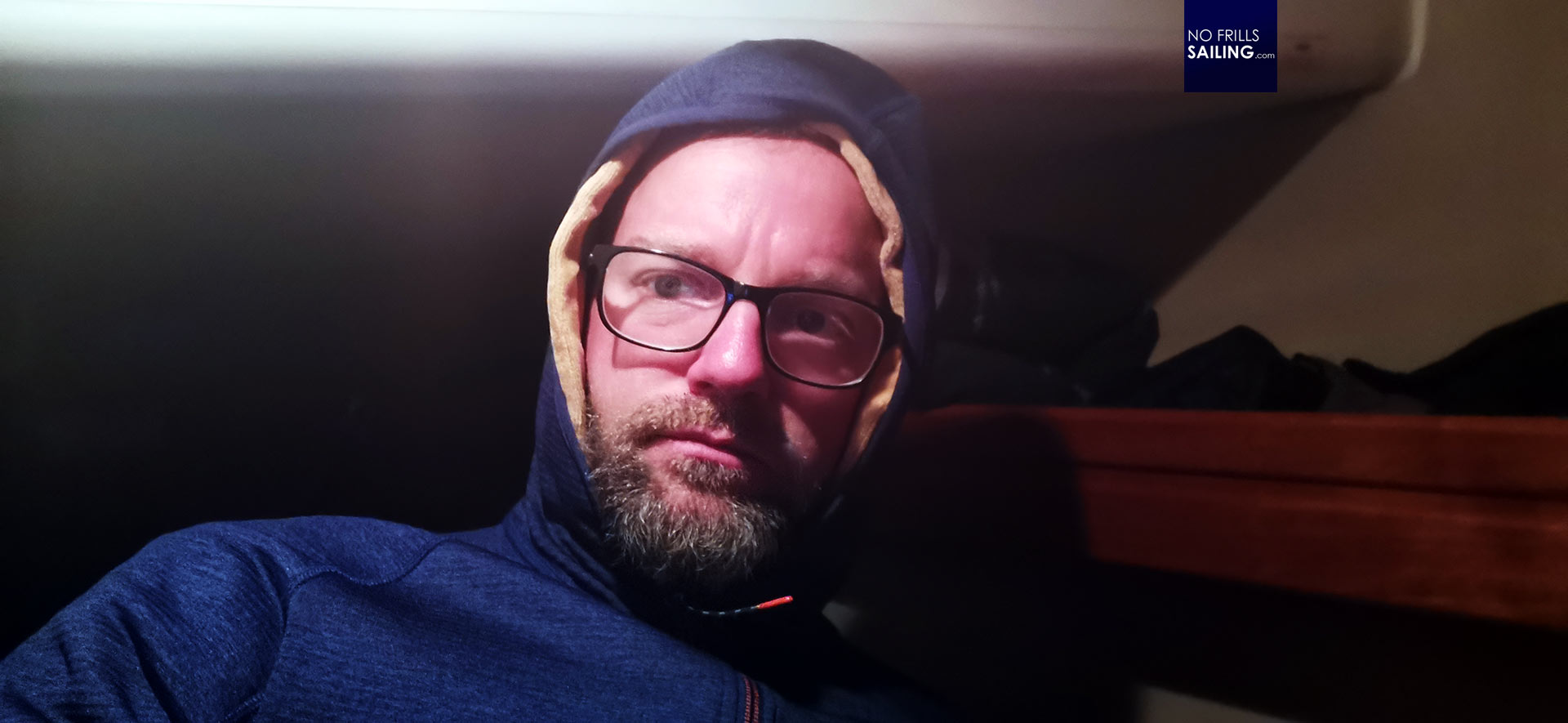
While your crew mates are sleeping it´s up to you to ensure their safety. In this article I try to go over some points you might consider when getting a ship handed over in change of the watch and you might practice when handing it over to the subsequent watch commander. I remember multiple sailing trips when we´ve had to put in place a watch scheme – people getting up for their watch needed to get a briefing, essential information required to take over and run the ship safely. Let´s dive deeper into this.
A short recap: Duties of a Watch Commander
The watch commander in essence is responsible for the boat staying on course and making good progress toward the destination. In this, the watch commander must be able to helm the boat, read and interpretate navigational information. He or she must also be trained in steering the ship and at least to a certain degree trim the sails according to wind shifts. When I am underway with less experienced crew members, I do have the standing order to wake me up in case wind shifts require maneouvres like tacks and gybes or reefing in/out of the sails. That will take off much of the pressure to make a decision from crew members.
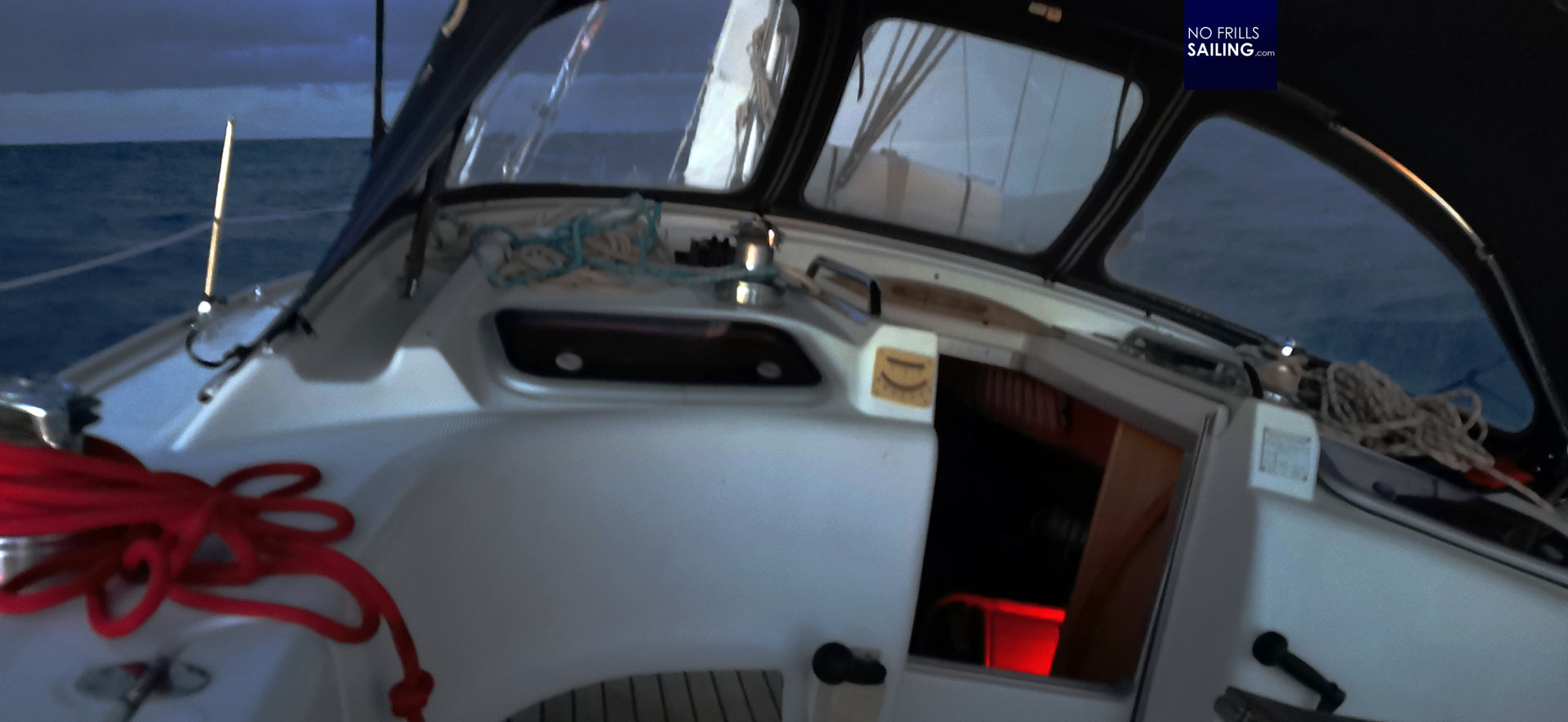
Secondly, a watch commander must at least be trained in the basic collision avoidance rules. That means that by looking onto the AIS-signals on the chart plotter or by identifying ship´s position lights at night he or she must be able to identify possible approaches or course-intersections with other vessels. Again, on my cruises I do advice my crew mates to wake me up in such cases. I always sail under the premise of avoiding stress for all involved: That incorporates my crew members as well as other sailors on other ships and boats. By taking off these decisions from their shoulders, I prevent stress and thus bad decisions in my absence in the end.
How to hand over a sailboat offshore
So, when taking over a boat or handing a yacht over to a new watch commander I always work through three main steps: Where are we now? What is going on around us? What is the current weather be like? By doing so, I always look ahead and try to give an outlook on what the new watch commander is likely to experience in his/her watch. It´s a simple scheme that is always the same. If you try it by yourself you will see that in a matter of a few changes of the watch you will get more and more routine and professionalism.
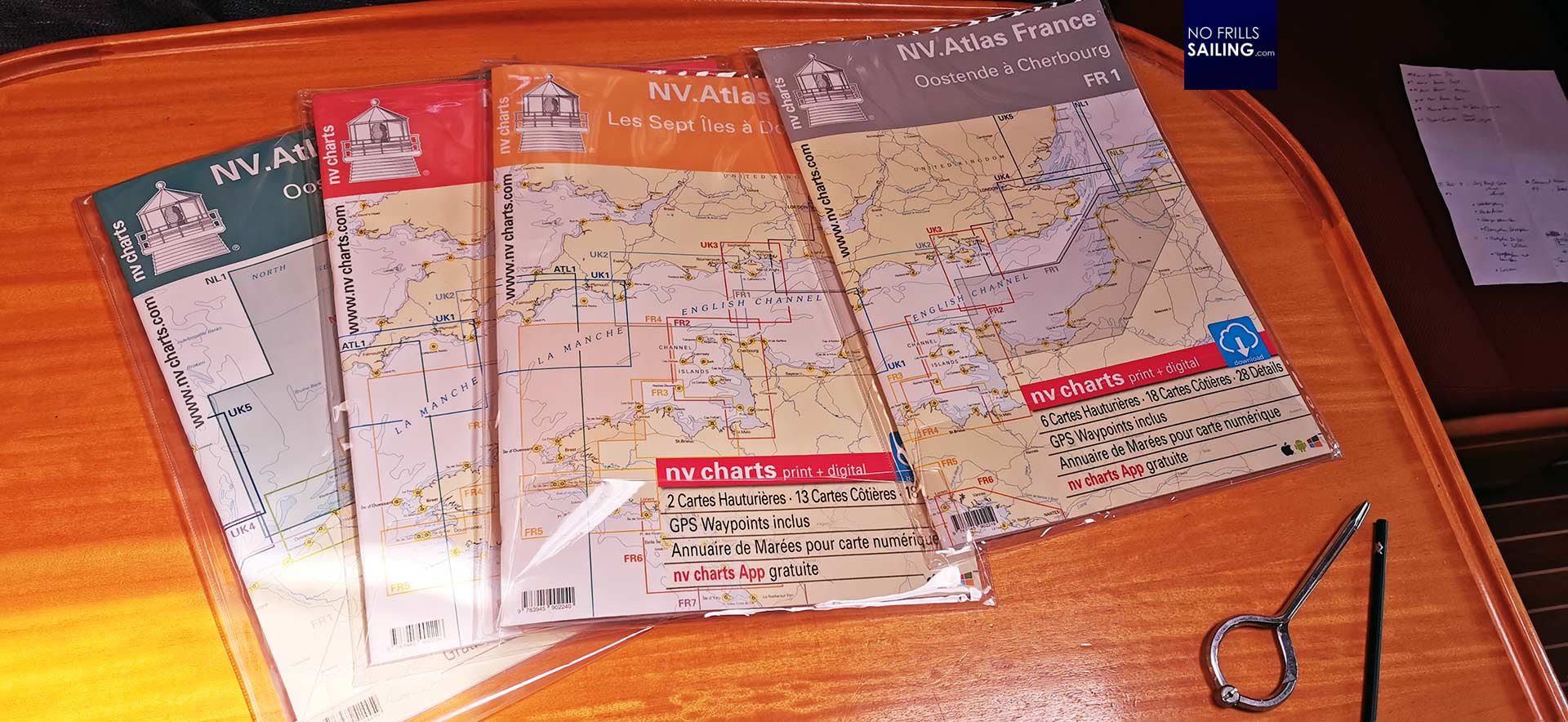
Let´s start with the information: Where are we now? Well, that is simple: A broader picture can be shown by just pointing on the chart where the boat is currently: “We are currently on this position, marked with an x on the chart.” If you do not sail utilizing printed charts, zoom out of the plotter to show the newbie a context where the boat´s position relative to the land is. “Current course is 1-2-3 degrees, destination is waypoint XY, landmark or harbour.“ By that you show him – just to be sure – where he is supposed to bring the boat to. If the ship you are on keeps a written log (which I strongly advice) show him/her the last entries to give a short recap. Well, that´s for the current position.
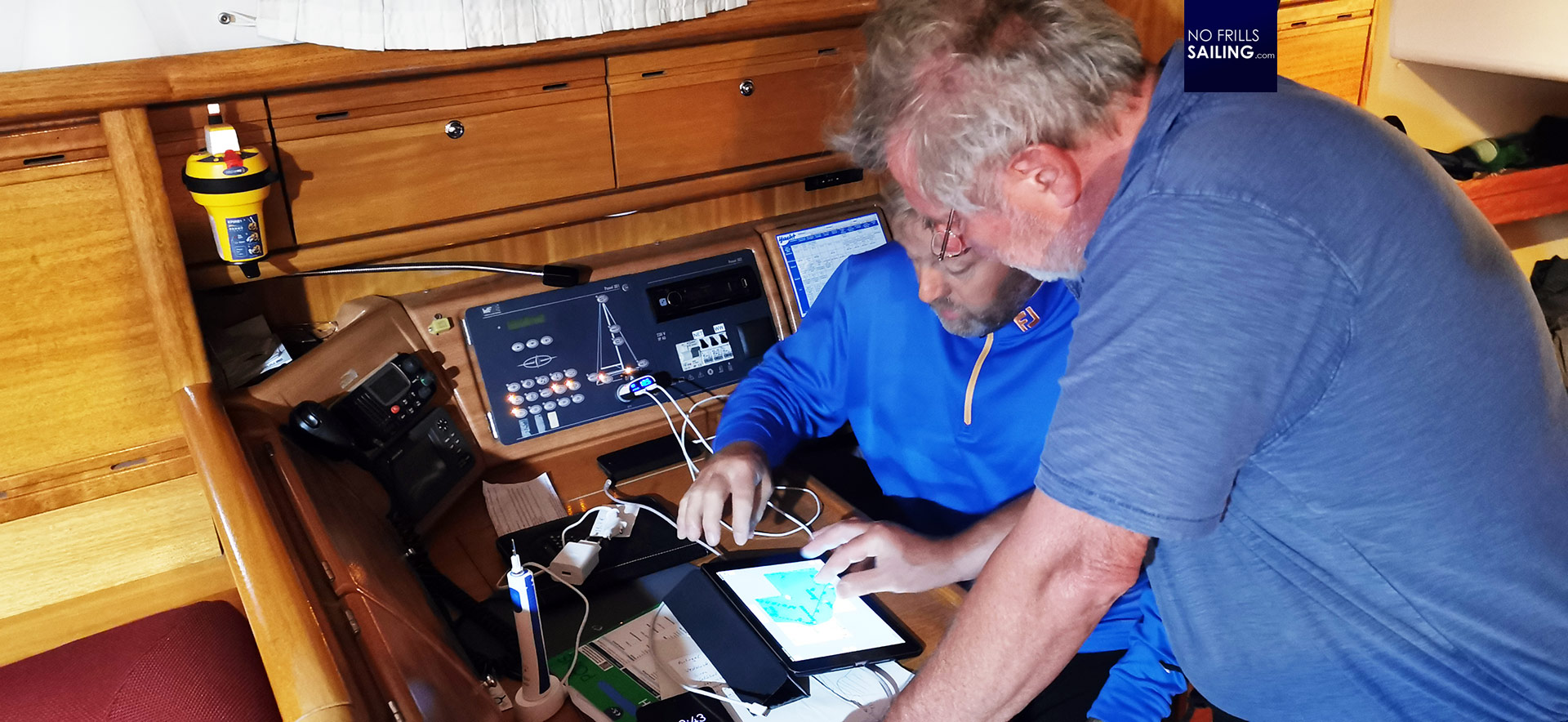
The second is simple as well: Zoom into proximity area of the boat and show the new one all essential AIS signals. When I sailed the English Channel I pointed to signals which I thought would become interesting for the coming watch. Like: “This is a tanker. It´s coming up from behind and will overtake us. Keep an eye on him.” By doing so, you can help the new one coming up on deck (probably half asleep) to acquire orientation more quickly. Give also an outlook of what comes next: “There will be an offshore wind park on this and that position. You cannot go through, watch for shallows in this area.” It helps to work out on what to keep a close eye.
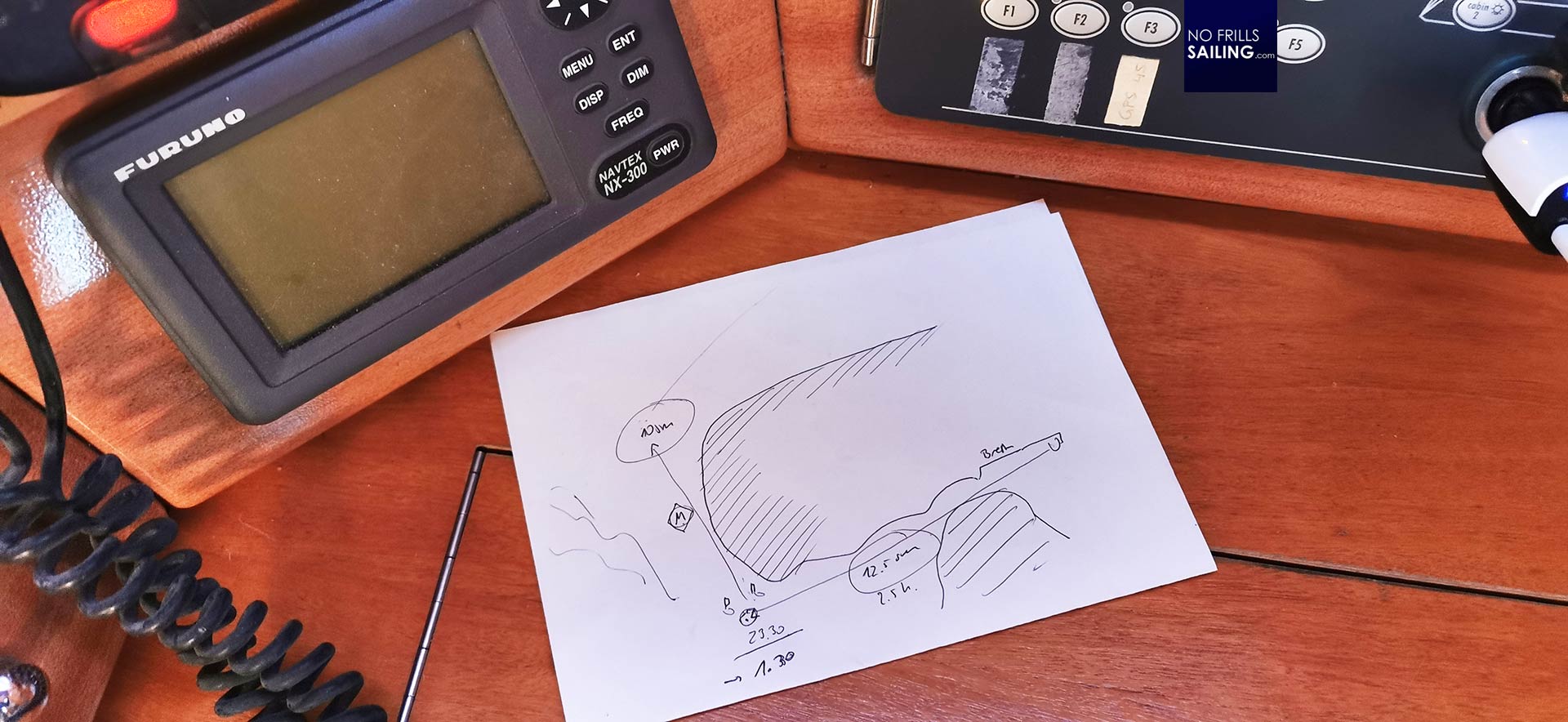
If your watch starts and you are sailing in a complicated area try to make a mnemonic. I am a huge fan of scribbles. For example, if internet connection is still give when at sea, I check weather and note direction and strength of winds per time. That helps me to be aware of possible changes in sails trim or reefing-action. Also tides: Note intensity of currents and their direction in relation to time, it helps so much. Which brings us to the weather: If you know that it will change, tell your crew member that it is likely to happen and when. I do have very positive experiences with that simple scheme – it´s fast, convenient and safe.
Crew attitude and high morale underway
In essence, a hand over and change of watch is always connected to emotions. Think of it: You are getting up after just a couple of hours of possibly just only light sleep, still tired, not in a very high mood. Maybe you have to get into wet clothing and shoes and up on deck weather is foul, it´s in the middle of the night and it couldn´t get any worse: And then you must work yourself through all of these new information by yourself? Imagine how thankful you can be getting a briefing like this.
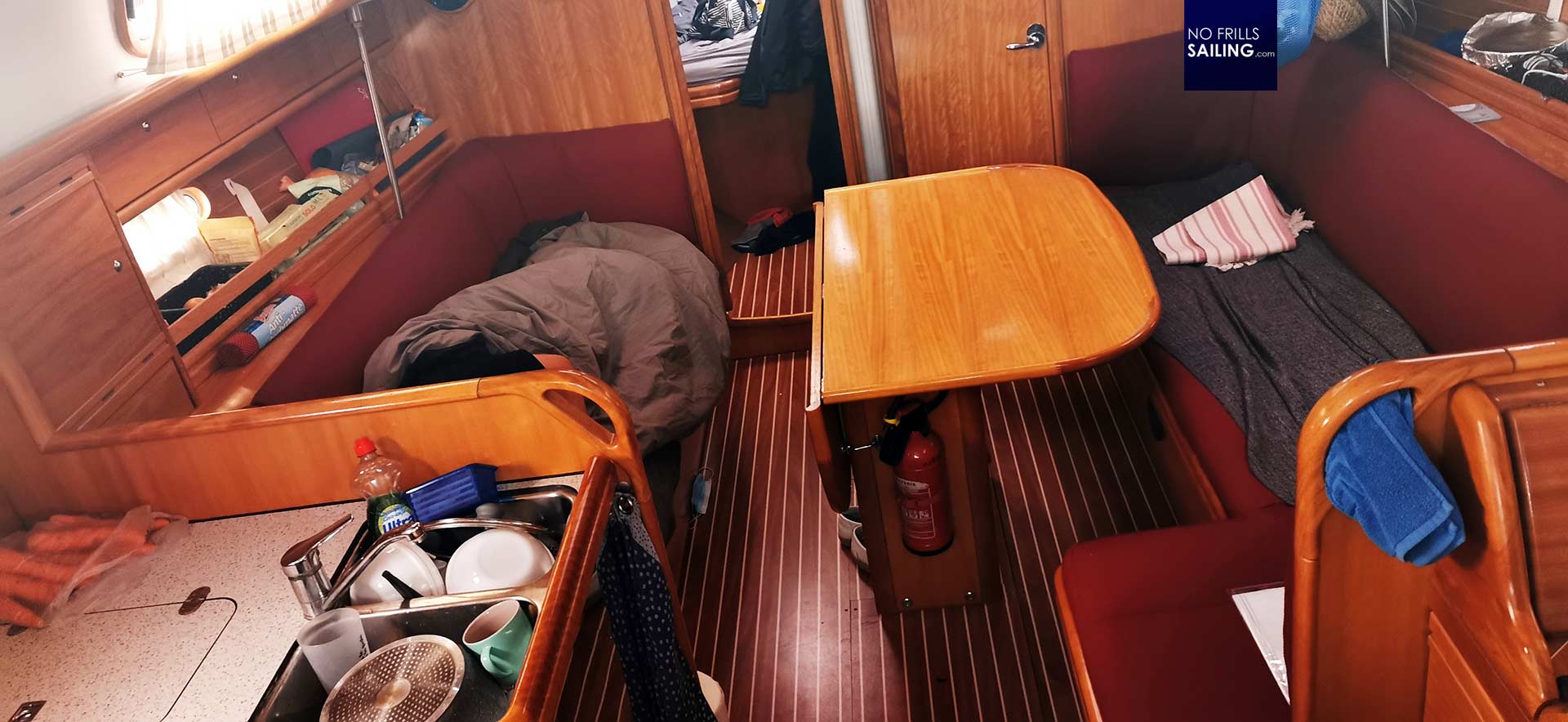
Likewise, for the crew member being just relieved from watch duties: Maybe he is wet and frozen icy cold. All he can think of is to get down as quickly as possible, get out of the damn clothes and slip into his warming sleeping bag, closing the eyes and die out into a deep sleep. A quick, efficient handover like this helps to transfer all relevant information time saving and effective to cut handover time.
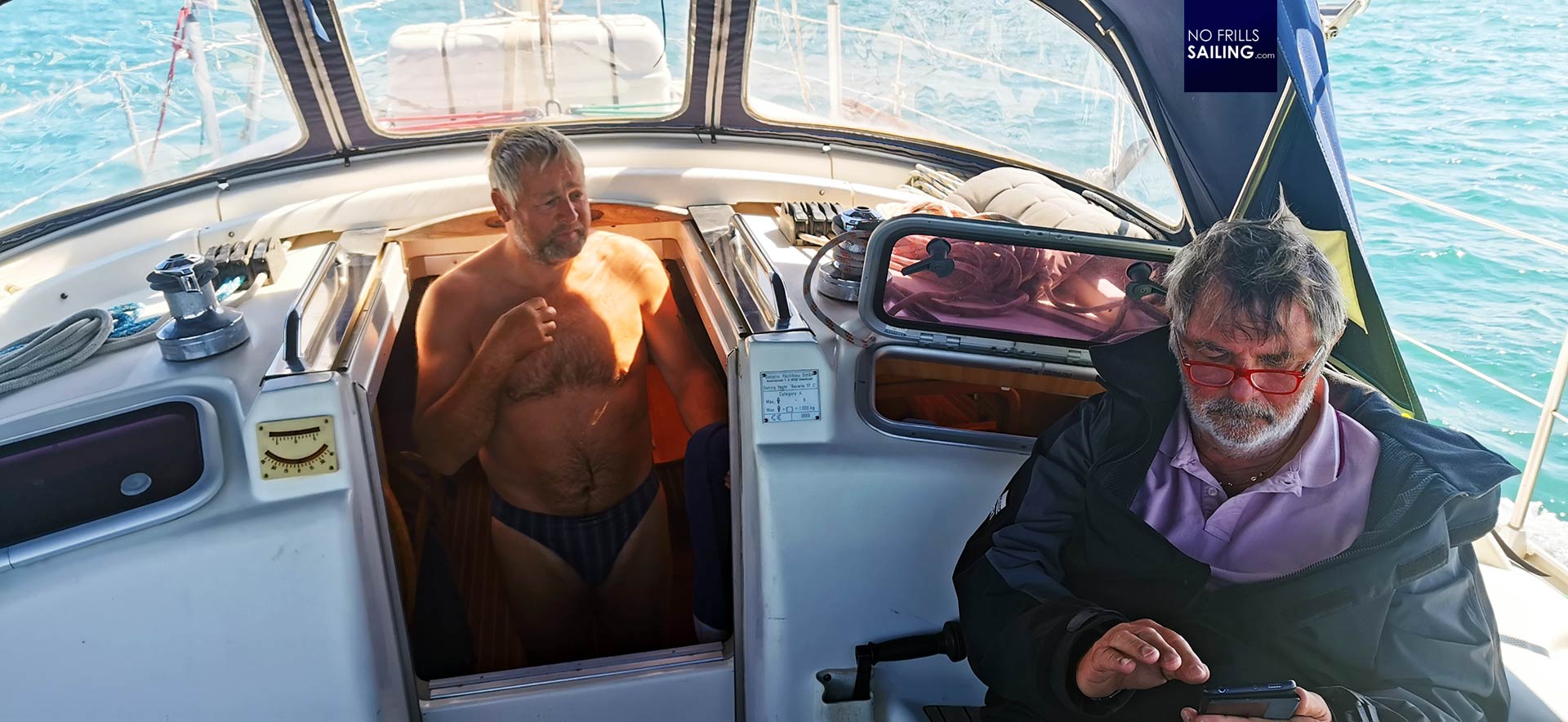
In this, a professional handover – especially in harsh weather conditions, high seas (which is always very demanding for all) and long haul sailing trips – will not just make sure that your crew handles the boat in a proper manner but will help to keep morale and spirits up and high. Because mastering a task is always creating a feeling of success. The consecutive summation of many of these small successes will create a common sense of achievement among the crew, especially when everybody can literally see the progress of the boat on a chart, realizing that he is an integral part of this venture. What has started with a formal scheme of pure information passed on to the new commander of the watch will in the end drastically raise the level of morale among the crew.
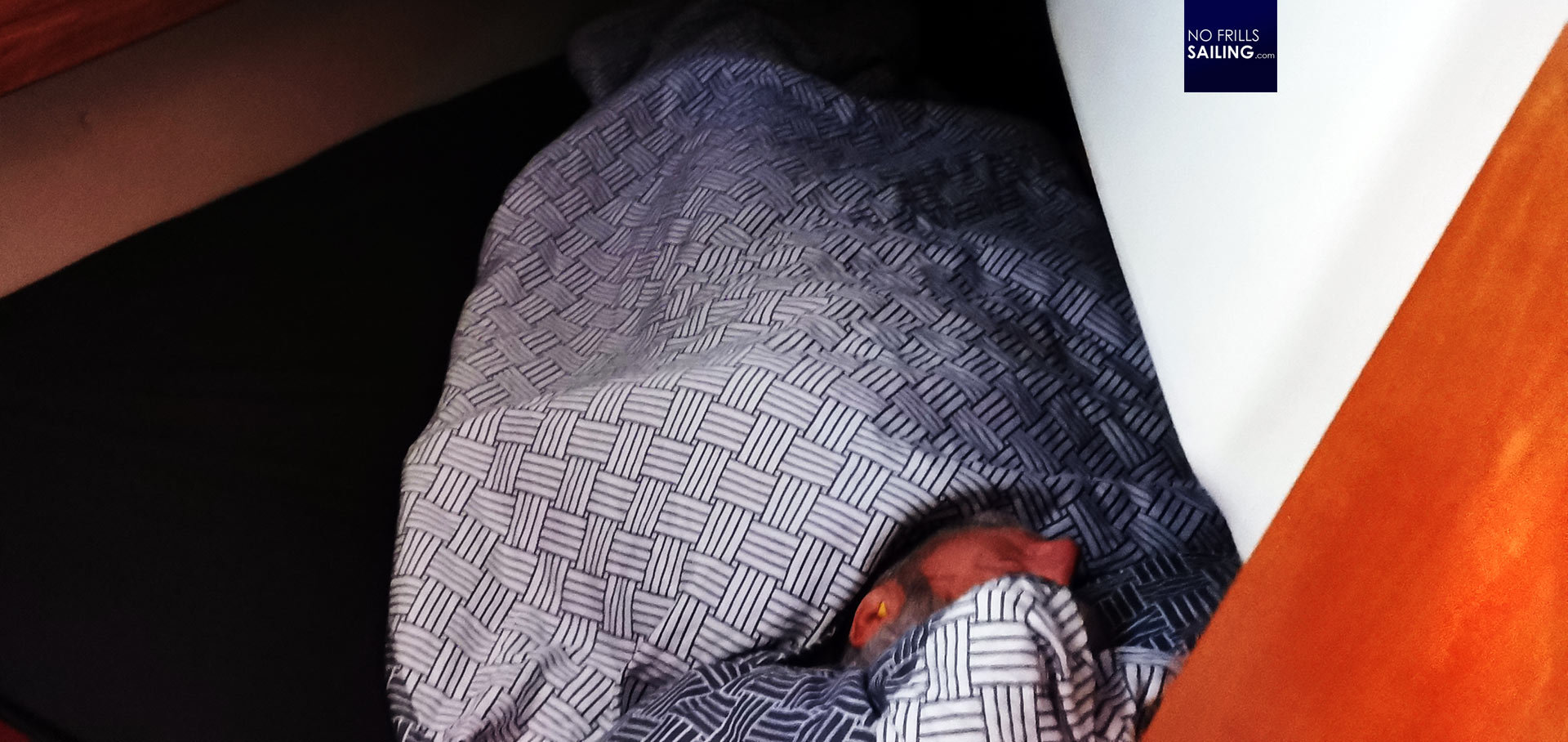
When I sail and I am responsible for a crew, I always insist on having a proper watch scheme in place, keeping the logbook the way it is supposed to be and have the progress marked on according naval charts as well. If this becomes the mode of operation and common sense for everybody, this professionality will always automatically lead to a safer passage, a better mood among all and in the end to a successful sailing trip – one that all hopefully will be remembering with a smile in their face.
You may also be interested to read these articles:
Being skipper for the first time
Biscay sailing, all articles
